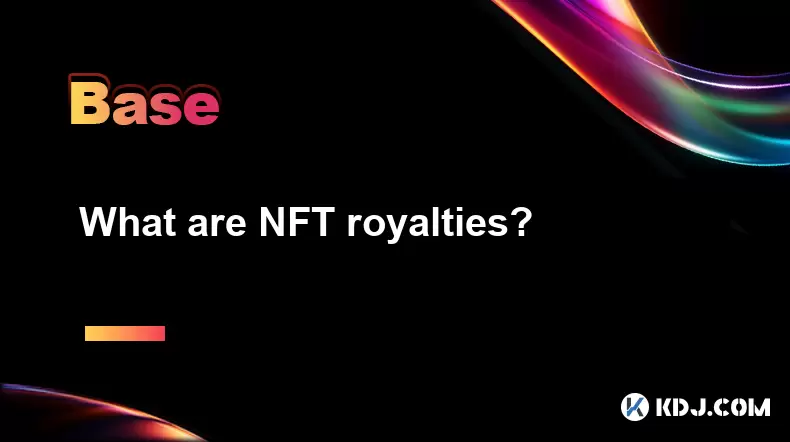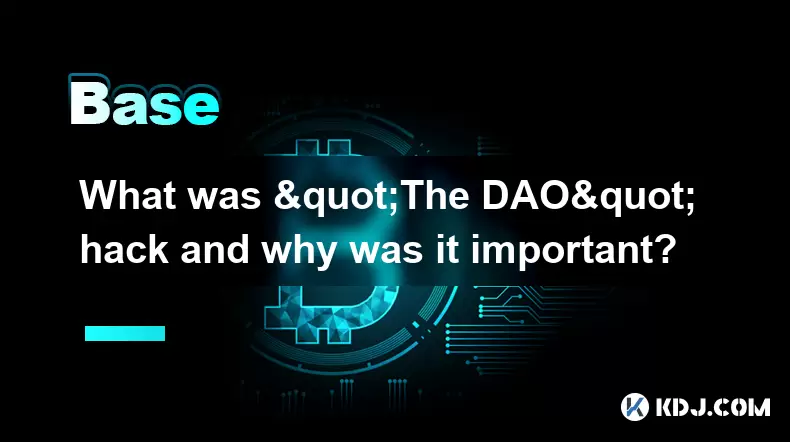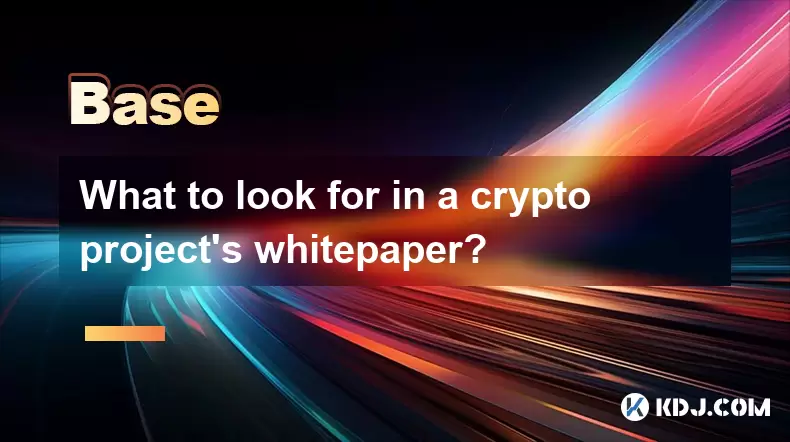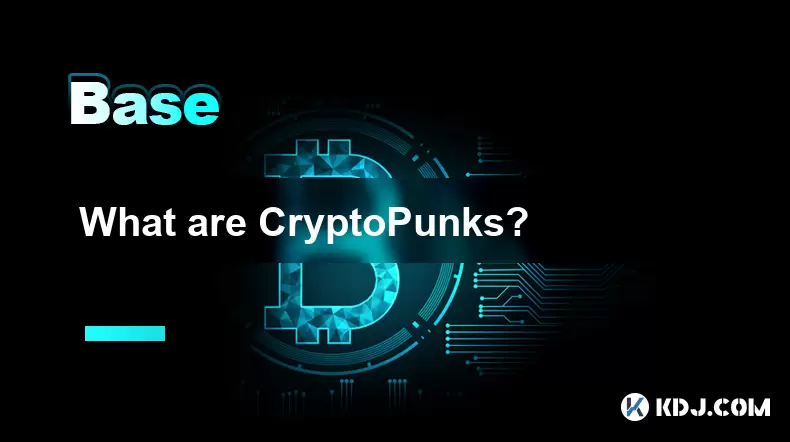-
 Bitcoin
Bitcoin $117800
0.05% -
 Ethereum
Ethereum $3542
-1.68% -
 XRP
XRP $3.435
-0.41% -
 Tether USDt
Tether USDt $1.000
-0.02% -
 BNB
BNB $729.1
-1.96% -
 Solana
Solana $176.7
-1.18% -
 USDC
USDC $0.9998
-0.04% -
 Dogecoin
Dogecoin $0.2404
0.34% -
 TRON
TRON $0.3191
-2.37% -
 Cardano
Cardano $0.8211
-1.29% -
 Hyperliquid
Hyperliquid $44.61
-0.16% -
 Stellar
Stellar $0.4655
-1.52% -
 Sui
Sui $3.773
-3.29% -
 Chainlink
Chainlink $18.02
-0.44% -
 Hedera
Hedera $0.2677
-0.17% -
 Bitcoin Cash
Bitcoin Cash $504.0
-2.79% -
 Avalanche
Avalanche $23.73
-1.25% -
 Shiba Inu
Shiba Inu $0.00001462
-2.09% -
 UNUS SED LEO
UNUS SED LEO $8.992
0.24% -
 Toncoin
Toncoin $3.161
-3.97% -
 Litecoin
Litecoin $101.4
-3.30% -
 Polkadot
Polkadot $4.231
-2.38% -
 Uniswap
Uniswap $9.994
-3.01% -
 Monero
Monero $326.8
0.04% -
 Ethena USDe
Ethena USDe $1.001
-0.04% -
 Bitget Token
Bitget Token $4.871
-1.71% -
 Pepe
Pepe $0.00001299
-3.36% -
 Dai
Dai $0.9999
0.00% -
 Aave
Aave $314.3
-2.82% -
 Cronos
Cronos $0.1209
-0.31%
What are NFT royalties?
NFT royalties let creators earn a percentage each time their token is resold, offering ongoing income through smart contract automation.
Jul 10, 2025 at 09:35 pm

What Exactly Are NFT Royalties?
NFT royalties are a mechanism embedded into the smart contracts of non-fungible tokens that allow creators to earn a percentage of sales each time their NFT is resold in the secondary market. This feature distinguishes NFTs from traditional digital assets and offers artists, musicians, game developers, and other content creators a new way to generate ongoing income. The royalty percentage is defined at the time of minting and is automatically executed via blockchain protocols whenever a resale occurs.
Unlike physical art markets where artists rarely benefit from subsequent resales, NFTs provide a programmable and transparent method for creators to receive compensation every time their work changes hands.
How Do NFT Royalties Work Technically?
NFT royalties operate through smart contracts deployed on blockchain networks like Ethereum, Solana, or Polygon. When an artist mints an NFT, they can set a royalty rate — typically between 5% and 10%. This value is stored in the token's metadata and enforced by the underlying contract logic.
- A buyer purchases the NFT on a marketplace such as OpenSea or LooksRare
- If the buyer later resells the NFT, the platform checks the royalty settings encoded in the contract
- Upon sale completion, the royalty amount is automatically transferred to the original creator’s wallet
This process is trustless and does not require intermediaries. The enforcement of these royalties depends on the policies of the NFT marketplace and the standards adopted (e.g., ERC-721 or ERC-1155 on Ethereum).
Are All Marketplaces Supporting NFT Royalties?
Not all NFT marketplaces enforce royalty payments equally. While platforms like OpenSea and Rarible traditionally honor royalty fees, newer decentralized exchanges and marketplaces have begun to offer optional or no royalties at all to attract traders.
- Some marketplaces allow buyers and sellers to bypass royalty payments during listing or purchase
- Other platforms strictly enforce royalty collection as part of their protocol-level design
- Decentralized autonomous organizations (DAOs) sometimes vote on whether to maintain or remove royalty structures
This inconsistency has led to debates within the NFT community about fair compensation for creators versus user freedom and competitive pricing.
How Are Royalty Payments Implemented in Smart Contracts?
Royalty implementation varies depending on the blockchain standard used. On Ethereum, two primary standards govern NFTs:
- ERC-721 – This standard supports basic NFT functionality but does not natively include royalty handling
- ERC-2981 – A newer standard specifically designed to support royalty distribution across multiple stakeholders
Using ERC-2981, creators can define how much of the sale proceeds should go to them and any other parties involved. Developers must code this functionality directly into the smart contract when minting the NFT. Once deployed, it becomes immutable unless upgradeable proxy contracts are used.
Platforms must also integrate with these standards to correctly interpret and execute royalty transfers.
Can Creators Modify Royalties After Minting?
In most cases, once an NFT is minted, the royalty percentage cannot be altered without updating the smart contract. Some projects use upgradable contracts that allow limited modifications, but this introduces centralization risks.
- Immutable contracts lock royalty rates permanently after deployment
- Upgradable contracts may allow adjustments but require governance mechanisms
- Changing royalties post-minting often requires community consensus or explicit permission from the original owner
Because of these complexities, creators are strongly advised to decide on royalty percentages carefully before minting.
What Happens If a Marketplace Doesn’t Support Royalties?
If an NFT marketplace chooses not to enforce royalty payments, creators may lose out on earnings from secondary sales. This situation has become increasingly common as some platforms opt for zero-royalty models to reduce costs for users.
- Creators may not receive any portion of resale profits
- Marketplaces may face backlash from the creative community
- Alternative solutions like on-chain attribution or off-chain enforcement have been proposed
Developers and creators are exploring ways to enforce royalties through legal agreements or technical means, such as restricting transferability unless royalties are honored.
Frequently Asked Questions
Q: Can I set different royalty percentages for different NFTs in a collection?
Yes, you can assign unique royalty values for each NFT if your smart contract allows per-token customization. However, many collections apply a uniform royalty rate for simplicity and consistency.
Q: Who receives the royalty payment if the NFT is transferred for free?
If an NFT is transferred without a sale, no royalty is triggered because there is no monetary transaction involved. Royalties are only activated during verified sales events.
Q: Are NFT royalties taxable income?
Yes, in most jurisdictions, NFT royalties are considered taxable income. Creators should consult local tax laws and possibly seek professional advice to ensure compliance.
Q: Can multiple creators receive royalties from a single NFT?
Absolutely. Using standards like ERC-2981, creators can define multiple recipients and allocate specific percentages to each party, enabling collaborative ownership and revenue sharing.
Disclaimer:info@kdj.com
The information provided is not trading advice. kdj.com does not assume any responsibility for any investments made based on the information provided in this article. Cryptocurrencies are highly volatile and it is highly recommended that you invest with caution after thorough research!
If you believe that the content used on this website infringes your copyright, please contact us immediately (info@kdj.com) and we will delete it promptly.
- American Eagle Palladium Coin Set for September 4 Release: What to Expect
- 2025-07-20 00:35:12
- FloppyPepe: Could This Meme Coin Be Your Ticket to Crypto Millionaire Status with a 15,800% ROI?
- 2025-07-20 00:50:12
- Ethereum's 2025 ATH: Could These 20x Tokens Be Your Golden Ticket?
- 2025-07-20 00:35:12
- Solana, Altcoin Bets, and the Next Big Thing: What's the Play?
- 2025-07-20 01:15:12
- BlockDAG's NO VESTING PASS: A 2025 Crypto Game Changer?
- 2025-07-20 01:15:12
- Crypto Millionaires: Riding the Bull Market Wave
- 2025-07-20 01:15:13
Related knowledge

What is the Inter-Blockchain Communication Protocol (IBC)?
Jul 19,2025 at 10:43am
Understanding the Inter-Blockchain Communication Protocol (IBC)The Inter-Blockchain Communication Protocol (IBC) is a cross-chain communication protoc...

How does sharding improve scalability?
Jul 20,2025 at 01:21am
Understanding Sharding in BlockchainSharding is a database partitioning technique that is increasingly being adopted in blockchain technology to enhan...

What is the "crypto trilemma" of scalability, security, and decentralization?
Jul 19,2025 at 06:28pm
Understanding the Concept of the Crypto TrilemmaThe crypto trilemma refers to the challenge of simultaneously achieving scalability, security, and dec...

What was "The DAO" hack and why was it important?
Jul 19,2025 at 09:08pm
Background of 'The DAO''The DAO' (Decentralized Autonomous Organization) was a venture capital fund built on the Ethereum blockchain, launched in Apri...

What to look for in a crypto project's whitepaper?
Jul 19,2025 at 01:42pm
Understanding the Purpose of a WhitepaperA whitepaper is a foundational document for any cryptocurrency project, often serving as the first point of c...

What are CryptoPunks?
Jul 19,2025 at 08:28am
Understanding the Basics of Bitcoin MiningBitcoin mining is the process through which new Bitcoin is introduced into circulation and transactions are ...

What is the Inter-Blockchain Communication Protocol (IBC)?
Jul 19,2025 at 10:43am
Understanding the Inter-Blockchain Communication Protocol (IBC)The Inter-Blockchain Communication Protocol (IBC) is a cross-chain communication protoc...

How does sharding improve scalability?
Jul 20,2025 at 01:21am
Understanding Sharding in BlockchainSharding is a database partitioning technique that is increasingly being adopted in blockchain technology to enhan...

What is the "crypto trilemma" of scalability, security, and decentralization?
Jul 19,2025 at 06:28pm
Understanding the Concept of the Crypto TrilemmaThe crypto trilemma refers to the challenge of simultaneously achieving scalability, security, and dec...

What was "The DAO" hack and why was it important?
Jul 19,2025 at 09:08pm
Background of 'The DAO''The DAO' (Decentralized Autonomous Organization) was a venture capital fund built on the Ethereum blockchain, launched in Apri...

What to look for in a crypto project's whitepaper?
Jul 19,2025 at 01:42pm
Understanding the Purpose of a WhitepaperA whitepaper is a foundational document for any cryptocurrency project, often serving as the first point of c...

What are CryptoPunks?
Jul 19,2025 at 08:28am
Understanding the Basics of Bitcoin MiningBitcoin mining is the process through which new Bitcoin is introduced into circulation and transactions are ...
See all articles

























































































